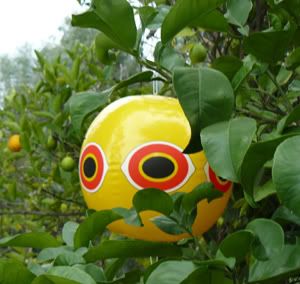
by Alex A. Kecskes
As a homeowner, you’ve no doubt had your run-ins with pest birds. Maybe it was geese trampling your garden and frightening your kids and pets. Or perhaps woodpeckers gave you grief, turning your nice new siding into Swiss cheese. Or swallows leaving those ugly mud nests under your eaves—the eaves you had to repaint last year because the mud nests ate into the paint. Then again, you could have been troubled by pigeons pooping all over your new patio set and BBQ—they left a disease carrying, smelly mess you had to clean up almost every week.
No matter what the bird, your bird problem called for time and money to be spent. Time you should have spent with your family. And money you could have used for a thousand other things.
If you’re like most homeowners, you don’t have a lot of money to spend in these tough economic times. You can’t afford to hire a pest control company to completely bird proof your home. Which means, you’ve got to find an economical way to get rid of pest birds, or at least keep them away from your home. After all, pest birds can do a lot of damage to your home. Their nests and feathers can clog your expensive AC unit (and you know how expensive repairs on that can be). Bird droppings can also cover you solar panels, which can drastically reduce their efficiency. And bird nests can stop up your rain gutters, causing water to overflow and your roof to leak (more expense).
The solution? Visual Bird Deterrents.
Fortunately, today’s bird control companies offer a variety of products in this category that are both humane and effective in keeping pest birds away from your home. Here are some simple guidelines in choosing the right Visual Bird Deterrent:
Flash Tape, Banners, Diverters & Balloons
most realistic looking decoys you can afford. Look for a sturdy, quality decoy made of durable plastic that’s designed to stay realistic looking after hot summers and winter rains. When using hawk decoys, place them in high visibility areas in plain sight of pest birds. When using any visual bird deterrent, be sure to move them around once a week to make birds believe they represent a real threat.


